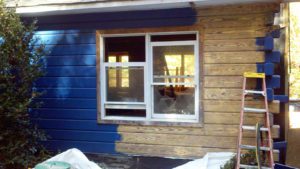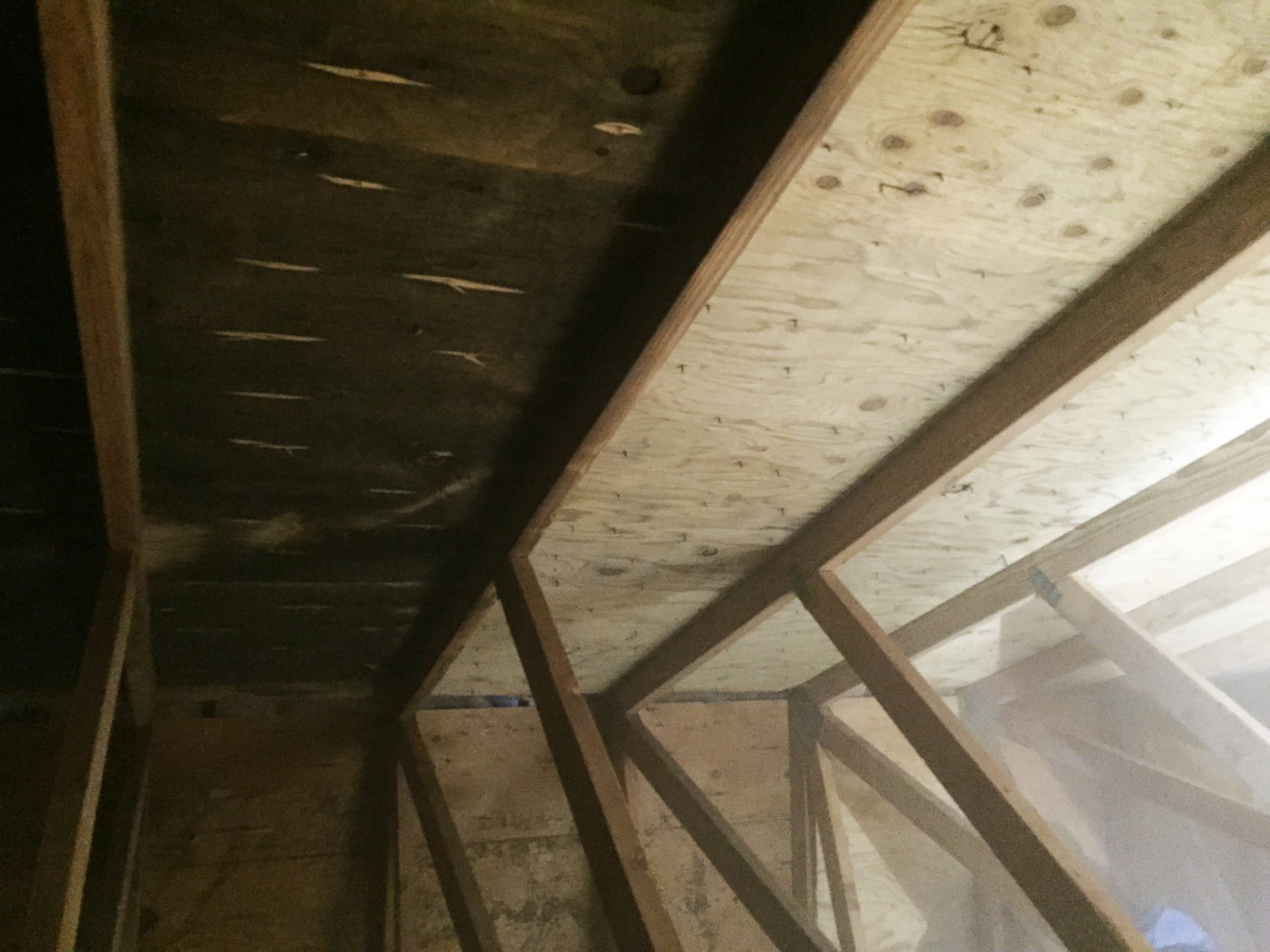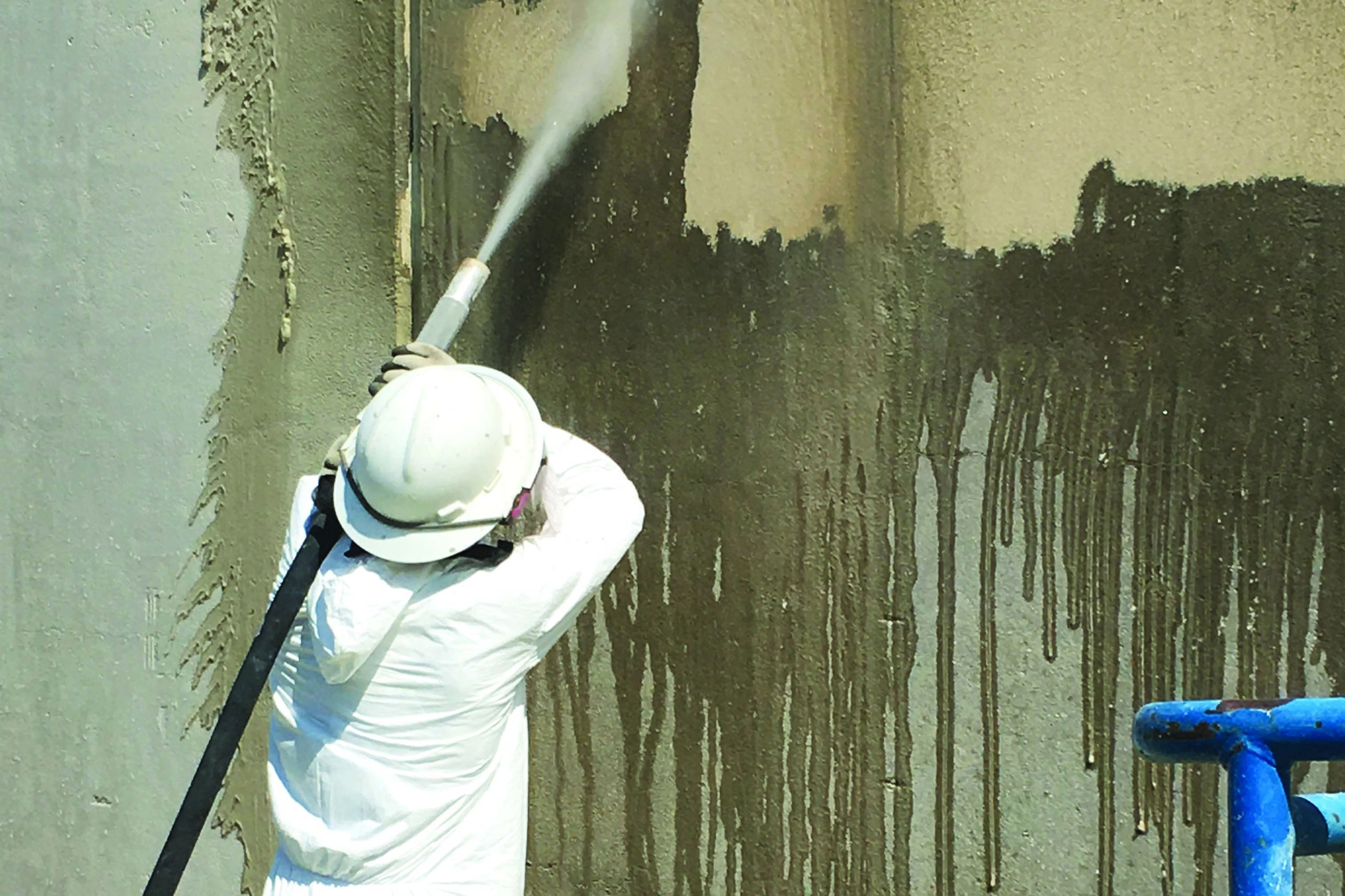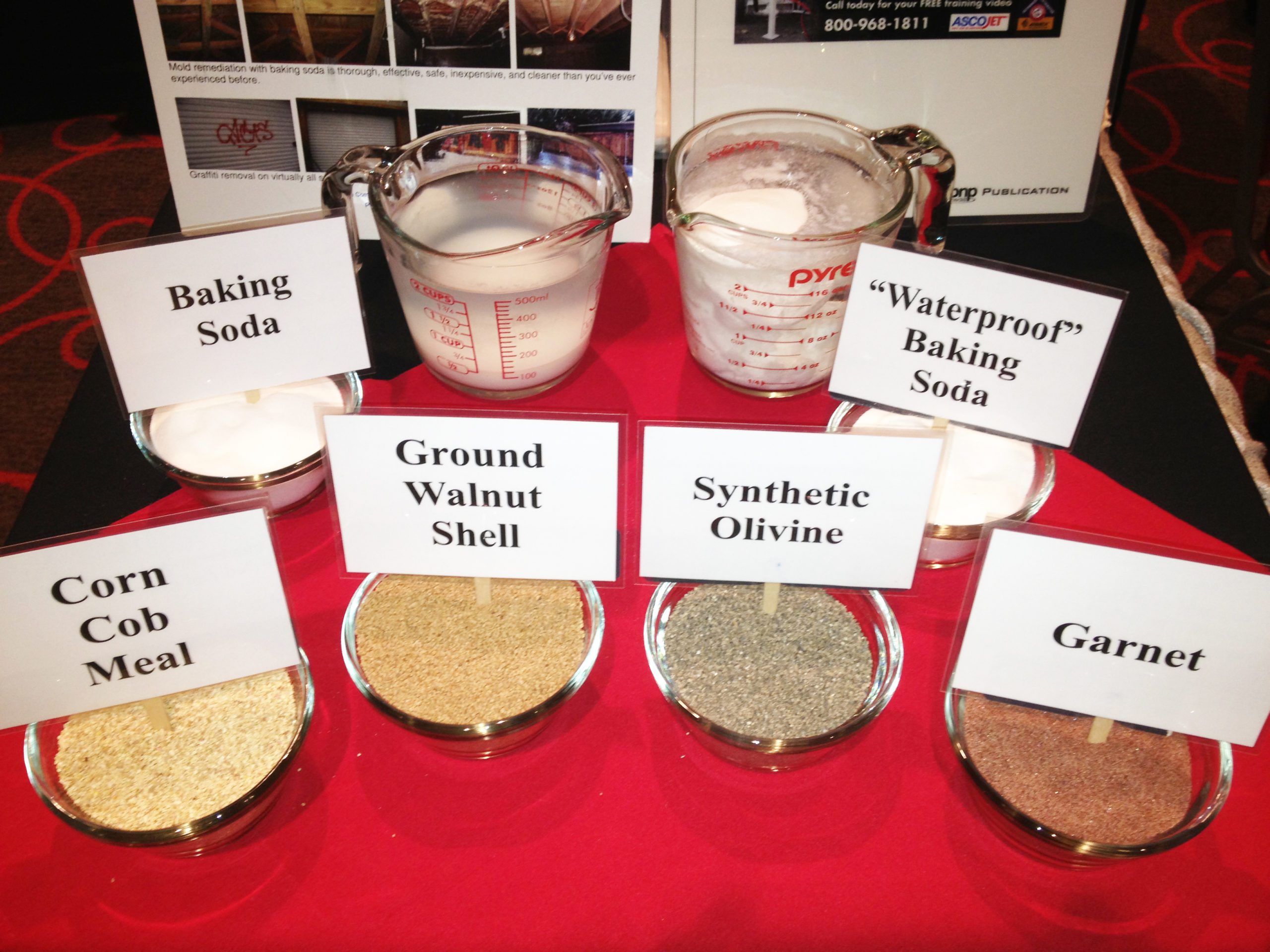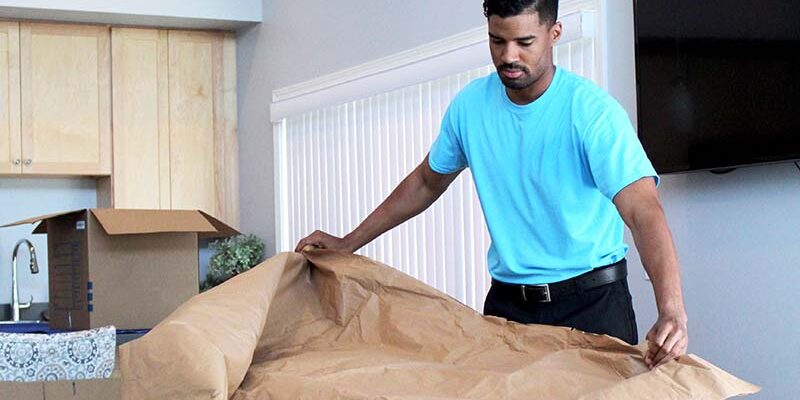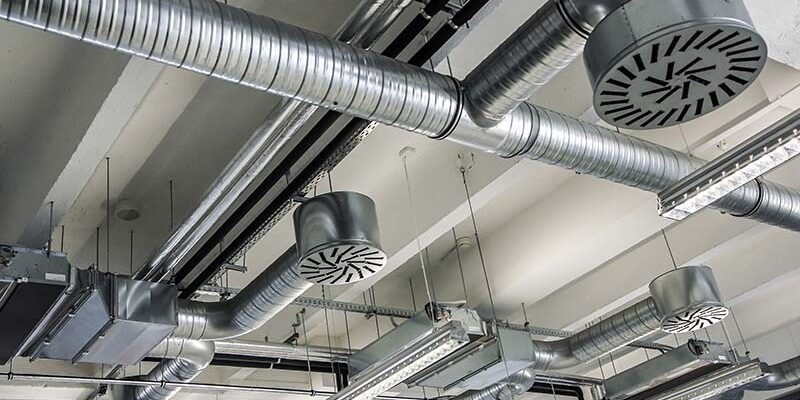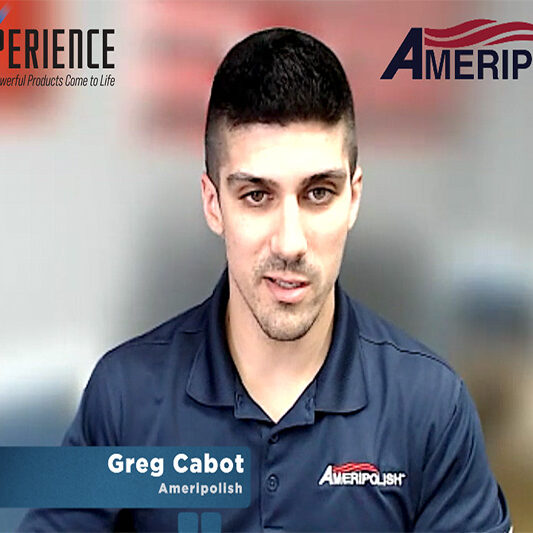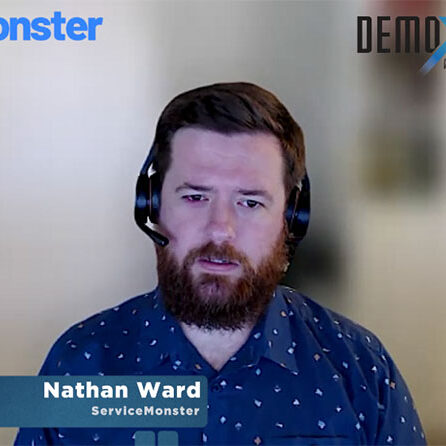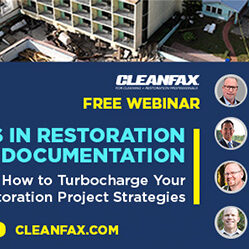Beyond Drying

By Wayne Lawrence
While traditional restoration work tends to be about extraction and drying, others engage in various cleaning tasks. One of those tasks is media blasting.
For years now, I’ve been involved with the manufacturing, distributing, and servicing of media blasting equipment, and I’ve seen a lot of innovation in this special niche of the industry.
Media blasting is seemingly simple. You propel particles of gritty, abrasive material with compressed air against a surface to clean, de-paint, and otherwise finish it. This simple task has long been known as “sand blasting.” The problems people have had with sand blasting don’t come from the “blasting” part, but rather, the “sand.”
Silica sand, and its associated human illness known as silicosis, has long been considered hazardous. Crystalline silica dust has been identified by the Environmental Protection Agency as a human lung carcinogen. In reaction to the greater awareness of its dangers, OSHA has targeted silica sand blasting as a primary, yet preventable, source for silicosis disease.
But all these troubles have helped to pave the way to innovation for the media blasting industry.
Alternative media
It’s easy to see why sand blasting has lost its appeal for most contractors. Over the years, many contractors moved away from a “sand for every application” mentality. But the switch to alternative media was not as easy as turning a valve handle on a blast unit. Sand, as it happens, is surprisingly cheap.
The new demand was for the right media for the right application. Walnut shell was selected for taking paint off brick or wood, for instance, to maximize the output of higher cost media — while at the same time minimizing damage to the substrate, a benefit that reduced the impact of the costlier materials (Image 1).
More media began to surface in the market place — including oddballs like wheat starch and sponge media. These had some niche applications like stripping aircraft frames, for example, but the wide appeal and viable applications were lacking.
Some media like baking soda sounded odd but had an instant appeal with the restoration and cleaning crowd. Fast, effective stripping with little (or no) damage to most building materials and a chemical ability to deodorize soot- and fire-damaged structures made it cost effective and profitable. This example of a media-to-application coupling is still going strong today (Image 2).
Use scenario
A friend called me recently to ask if I recalled a demonstration we did together a few years ago. We had stripped pavement marking paint off a concrete curb in an upscale and very well-maintained mobile home park. We used different dry media including baking soda, walnut shell, glass, and other crystalline, silica-free alternatives.
Ultimately, all the media removed the marking paint. Some damaged the surface a little less (some a little more), but all were “acceptable.” At that time, the choice of the correct medium wasn’t based on availability, strip-rate, or even the overall cost of the process. The decision was based more on the impact to the surrounding neighborhood. Since “containment” of the dust from the blasting was not practicable, the decision of which media to use came down to the least dust-producing method, rather than the most productive or cost efficient.
My friend went on to question me about a similar, current application he was taking on. A huge online retailer leased properties from a property manager with whom he consults on paving and concrete projects. This retailer had painted everything in the parking lots, warehouse area, and more.
“This is like that curb paint on steroids!” he said, and the next tenant wanted it gone.
Vapor blasting
Luckily the media blasting market has matured and developed a process known as vapor blasting. Using a slurry of blast media mixed with water, these blast systems are virtually dustless in their application (Image 3). The evolution to a low- or no-dust system was, of course, heralded by the popularity of dry ice blasting, but new systems eliminate the extremes in cost and logistics of dry ice, as well as the limitations of the medium (i.e., its poor stripping ability).
Further, unlike dry ice blasting, the vapor blasting process uses commonly available, shelf-stable blast media like baking soda, walnut shell, crushed (recycled) glass, olivine, and garnet (Image 4) for a wide range of cleaning and stripping applications with just a minimal amount of water — about 8-12 gallons per hour.
A lot has changed in the blasting world over the last decade. When the analysis is complete, however, the message is the same — using the right tool for the application is always a great idea and ever-changing.
Wayne Lawrence has served the abrasive blasting industry since 1995. He is currently in charge at ESCA Blast Great Lakes and is involved with the manufacture, distribution, and service of media blasting equipment, dry ice and baking soda equipment, vapor blasting, and traditional media blasting equipment and supplies. For more information regarding media blasting, contact him at 317-442-3507.

